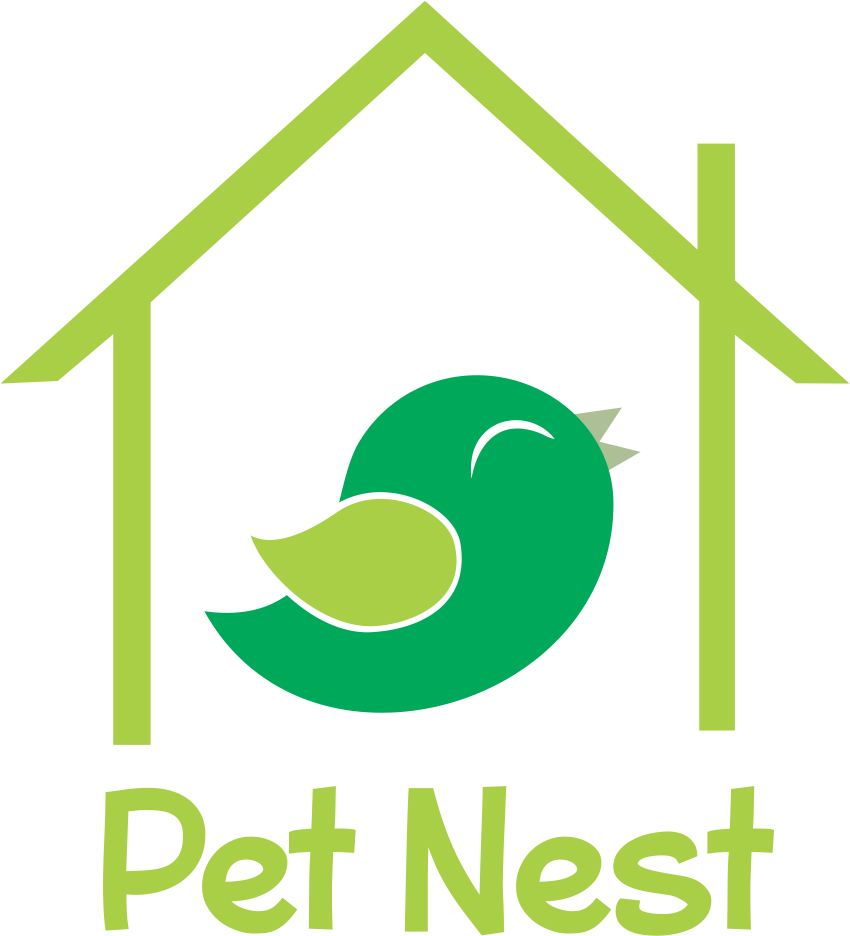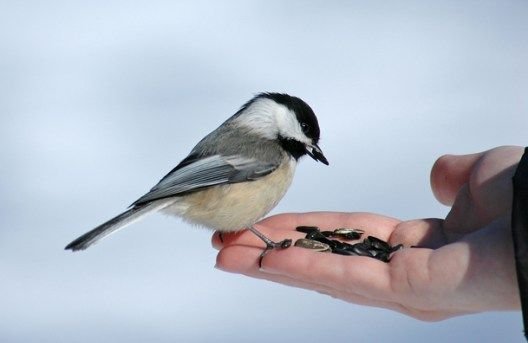Few activities bring as much joy and connection to nature as bird feeding. Whether you’re an avid birdwatcher or simply enjoy the presence of these delightful creatures in your backyard, providing food for birds is a rewarding and beneficial practice. In this blog, we’ll delve into the art of bird feeding, exploring the benefits, best practices, and tips for attracting a diverse array of avian visitors to your feeding station.
The Benefits of Bird Feeding
Bird feeding offers numerous benefits, both for the birds themselves and for those who partake in this activity:
- Supplemental Nutrition: Especially during harsh weather conditions or times of food scarcity, bird feeders can provide essential nutrition for birds, helping them survive and thrive.
- Enhanced Birdwatching Opportunities: By attracting birds to your backyard, bird feeding offers unparalleled opportunities for observation and appreciation of avian behavior and diversity.
- Educational Experience: Bird feeding provides an excellent educational opportunity for children and adults alike, fostering curiosity and appreciation for the natural world.
- Contribution to Research: Participating in citizen science projects, such as bird counts and feeder watch programs, can contribute valuable data to scientific research on bird populations and behavior.
Choosing the Right Bird Feeders and Food
When setting up a bird feeding station, it’s essential to select appropriate feeders and food types to attract a variety of bird species. Here are some tips to consider:
- Types of Feeders: There are various types of bird feeders available, including tube feeders, platform feeders, suet feeders, and nyjer feeders. Different feeders attract different species, so consider your target birds’ feeding preferences when choosing.
- Quality Feed: Use high-quality bird seed blends that are free from fillers and unwanted additives. Black oil sunflower seeds, nyjer seeds, millet, and suet are popular choices that appeal to a wide range of birds.
- Feeder Placement: Position feeders in safe, accessible locations, away from predators such as cats. Place feeders near trees or shrubs where birds can seek shelter and rest between feeding visits.
- Maintenance: Regularly clean and refill feeders to prevent the buildup of mold, bacteria, and pests. Keep feeders well-stocked, especially during colder months when birds rely more heavily on supplemental food sources.
Attracting a Variety of Birds
To attract a diverse array of bird species to your feeding station, consider incorporating the following strategies:
- Offer Variety: Provide a variety of food types, including seeds, suet, fruits, and nectar, to appeal to different birds’ dietary preferences.
- Create Habitat: Plant native vegetation around your feeding area to create a natural habitat that attracts a diverse range of bird species.
- Water Source: Install a bird bath or shallow water feature near your feeders to provide birds with a source of clean water for drinking and bathing.
- Patience and Observation: Be patient and observant, as it may take time for birds to discover and become accustomed to your feeding station. Keep a birding journal to record species sightings and feeding behavior.
Conclusion
Bird feeding is a simple yet impactful way to connect with nature and support the well-being of our feathered friends. By providing supplemental food sources and creating bird-friendly habitats in our backyards, we can contribute to the conservation of bird populations while enjoying the beauty and wonder of avian visitors. So, grab your binoculars, fill up your feeders, and prepare to be enchanted by the colorful sights and melodious sounds of the birds that grace your garden. Happy birdwatching!

